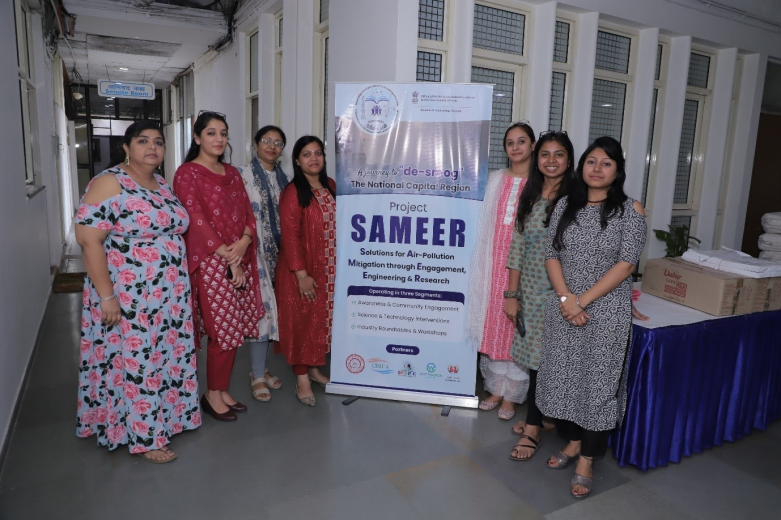
- A+
- A
- A-
Industry–Academia Engagement
Project SAMEER: Curbing Air Pollution Through Collaboration
—Krittika Sengupta
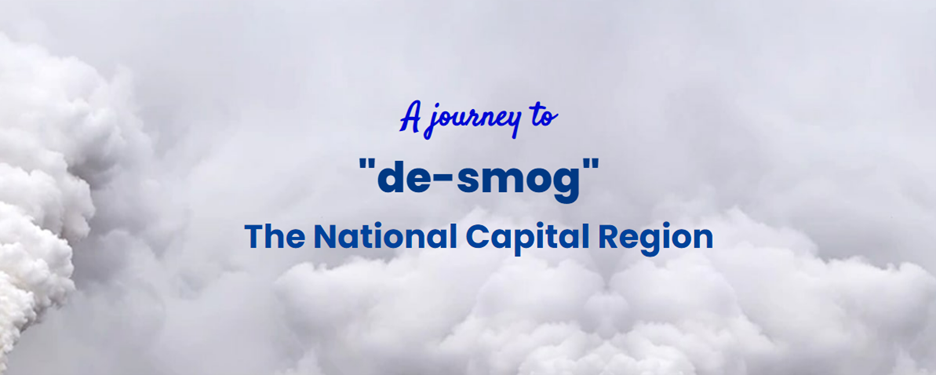
Project SAMEER
Image credits: CKIC–DRIIV
Over the past few decades, air pollution has become a major public health issue in India, with up to 35 of the 50 cities with the poorest air quality in the world being located in the country. Reports indicate that people in India breathe air approximately 10 times more polluted than the levels deemed safe by the World Health Organization (WHO). Studies have shown that among these cities, Delhi is among the worst off, making it a hotbed for worsening medical conditions such as lung cancer, asthma, and heart disease.
While there is no dearth of research and policies to control air pollution, these efforts have been largely discrete and not collaborative, leading to limited impact. The need of the hour is for citizens, researchers, innovators, government bodies, industries, corporations, funders, philanthropic organisations, and other involved stakeholders to align their ideas and build an evidence-based strategic roadmap to a meaningful solution.
This is where the City Knowledge Innovation Cluster, Delhi Research, Implementation, and Innovation (CKIC–DRIIV), comes into the picture. As one of the six Science and Technology (S&T) clusters set up by the Office of the Principal Scientific Adviser (PSA) to the Government of India, CKIC–DRIIV’s mandate is to facilitate collaboration among various stakeholders and create an environment in which innovations can be taken from lab to market to address the country’s socio-economic and developmental problems. To tackle air pollution in Delhi, DRIIV launched Project SAMEER—Solutions for Air Pollution Mitigation through Engagement, Engineering, and Research on 19th October 2022.
In an exclusive interview with Vigyan Dhara, Shipra Misra, CEO of DRIIV, explained, “In order to truly solve the problem of air pollution, it is important to control emissions at source and DRIIV is working on renewable energy and sustainable mobility technologies to help achieve that. However, project SAMEER has successfully achieved the three objectives it was designed to deliver. Firstly, the well structured pilot with clearly defined outcomes brought together startups and public bodies—DPCC and GMDA—to address the problem of air pollution monitoring and mitigation in Delhi–NCR. Such an engagement, without any mediating platform such as DRIIV, would not be possible. Secondly, a framework for technology validation has been established where startups can get their solutions validated in real life conditions from the country's premiere institutes such as IIT Delhi and AIIMS. Finally, a number of corporations and government bodies have come forward to adopt the technology solutions and/or financially support their adoption.”
Project SAMEER is the first of its kind in design, as it involves all the stakeholders who have the responsibility, authority, and capability to tackle the problem—local government authorities, researchers from IIT Delhi, tech start-ups, corporates, NGOs, and citizens—working towards the goal to de-smog the capital. A three-pronged approach involving (i) awareness and community engagement, (ii) S&T interventions, and (iii) brainstorming ideas with the industry has been outlined for implementing the project.
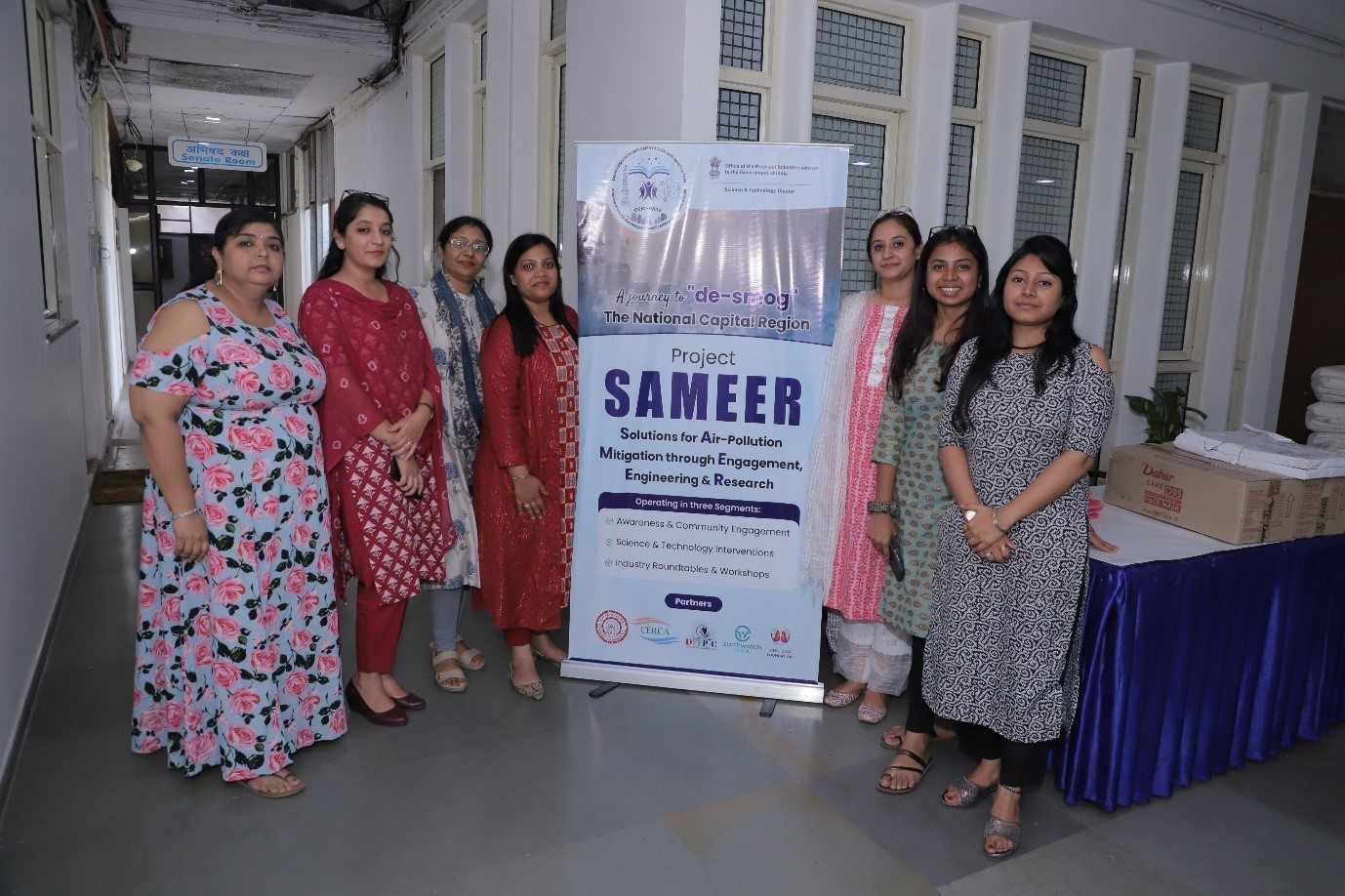 Team members of Project SAMEER
Team members of Project SAMEER
Image credits: CKIC–DRIIV
Community awareness is targeted towards selective communities like farmers in the region who, over the past couple of decades, have been burning stubble or ‘parali’ in their fields; urban slums where people still use angithis, which release thick smoke; school and college students; and residential welfare associations. It aims at providing these communities with alternative solutions to reduce their contribution to air pollution while educating them about the adverse health effects of current practices that contribute to air pollution and smog. For example, stubble burning—a technique implemented by the farming community in Punjab and Haryana to clear the fields for sowing new seeds at the start of the winter season—seriously impacts respiratory health.
As part of Project SAMEER, DRIIV has been conducting workshops and webinars to engage with these communities. One such webinar was conducted in collaboration with the Lung Care Foundation and the India Paryavaran Sahayak (IPS) Foundation, with a total of 200+ attendees comprising farmers, village healthcare professionals, and NGOs. It was hosted by Dr Arvind Kumar, Chairman, Lung Surgery, Medanta. During the session, the farmers were presented with alternative options to burning stubble, such as a machine to pulverise it into manure or useful biomass. The goal was to encourage governing bodies and influential community members in villages to spread this information and ultimately persuade farmers to shift away from stubble burning. Dr PS Bakshi, a member of the National Core Team, Doctors for Clean Air and Climate Action (DFCA), who was part of the workshop, shared the success story of the village he hails from, where a similar initiative resulted in farmers completely moving away from parali burning—instead, the stubble is used to feed cattle and other livestock.
In association with the Lung Care Foundation, DRIIV’s Effective Education Team and the Arun Duggal Centre of Excellence for Research in Climate Change and Air Pollution (CERCA) are also organising workshops on ‘Sustainable Air Quality’ in schools and colleges across Delhi and Gurugram. The aim of these workshops is to connect educators with air quality experts, regulators, scientists, and technological partners. Spreading community awareness among students in schools and colleges can inspire them to follow a scientific approach towards air pollution, think critically about the problem, and develop innovative solutions to shift to more eco-friendly alternatives.
For the second prong, which is S&T interventions, DRIIV reached out to start-ups in the National Capital Region (NCR) to volunteer technologies for a pilot study across the region. “The idea is to analyse the extent to which air quality can be improved through tech intervention,” said Amrita Dawn, Head of Tech Liaison at DRIIV, speaking of this prong of the project. Technologies ranging from those addressing small-scale pollution, such as Rena’s device which can convert ceiling fan blades to air filters; to those dealing with large-scale industrial level pollution, such as OmniIon’s air pollution control device; and everything in between, such as the mobile air pollution laboratory CarLab, roof-mountable vehicular air filter Shudhvayu, and energy efficient Ventilated Air Purifying Units (VAYU) are among the technologies whose efficacies are being tested at five hotspots in NCR. Some of these have already been deployed, while others are in the process of being installed. Two calibrated sensors—one within the impact area of the technologies being tested and the other outside the impact zone—will allow for a comparison of air quality to understand better how these technologies affect the air quality in the hotspots. The results will be validated by Prof Sagnik Dey, Institute Chair Professor, Centre for Atmospheric Sciences, IIT Delhi. Based on his findings, some of these technologies will then be scaled up to the national level.

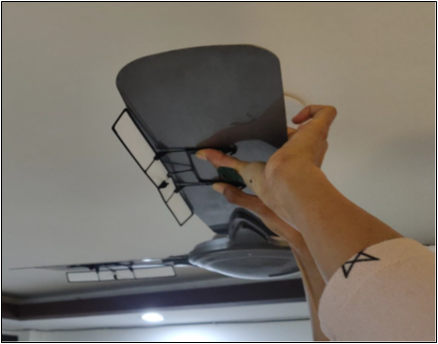


A few of the technologies being implemented as part of the S&T interventions in project SAMEER
Image credits: CKIC–DRIIV
The goal of Project SAMEER is not only to tackle air pollution but also to inspire other innovations in various aspects of sustainability and to elicit greater interest in such interventions from the corporate community. This is where conferences and brainstorming sessions with the industry come in. Under this prong, DRIIV, in collaboration with CERCA, is hosting a series of workshops with CEOs and the sustainability champions of various companies. These workshops, or industry roundtables, are expected to create awareness about the industry’s role in actively reducing its negative environmental footprint and scaling up such initiatives that are not only practical but also economically feasible and beneficial in the long run.
The first of these roundtables was held on 22nd November at IIT Delhi. It was attended by 15 industry leaders—from sectors such as automobile, power, energy, etc.—and 15 tech entrepreneurs. Meaningful industry engagements with governments and civic bodies were discussed; the importance of committing industry resources as a part of CSR initiatives was emphasised; several industry partners pledged their support for facilitating the large-scale implementation of the technologies currently being piloted under Project SAMEER.
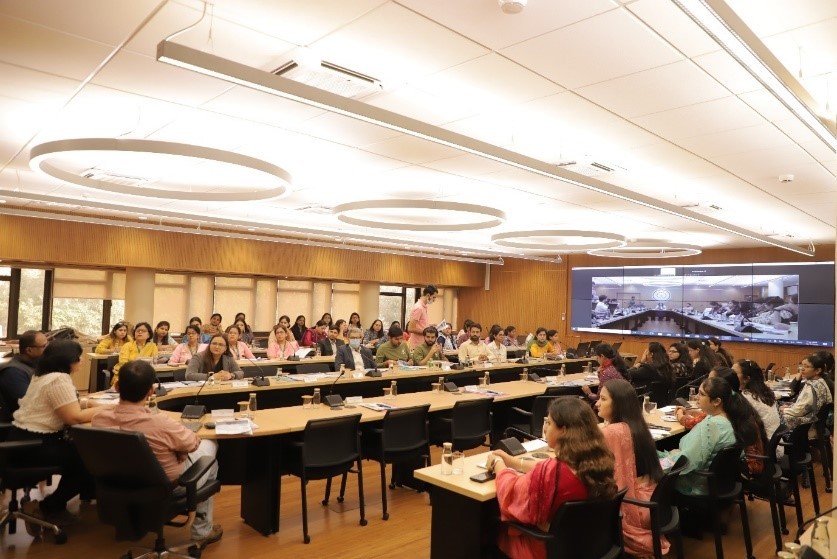
CKIC–DRIIV hosting an industry roundtable as part of Project SAMEER
Image credits: CKIC–DRIIV
Speaking of the long-term potential of Project SAMEER to take the country forward, Shipra said, “Encouraged by its success, DRIIV will replicate this model in other areas of environmental concerns such as waste management and water security."
Project SAMEER is just the beginning. It is the first step in a journey to steadily and surely not only curbing air pollution at source but also making systemic changes with socio-economic impact to create a sustainable economy.
About the author
Krittika Sengupta is a part-time content writer and editor, and a full-time content consumer

